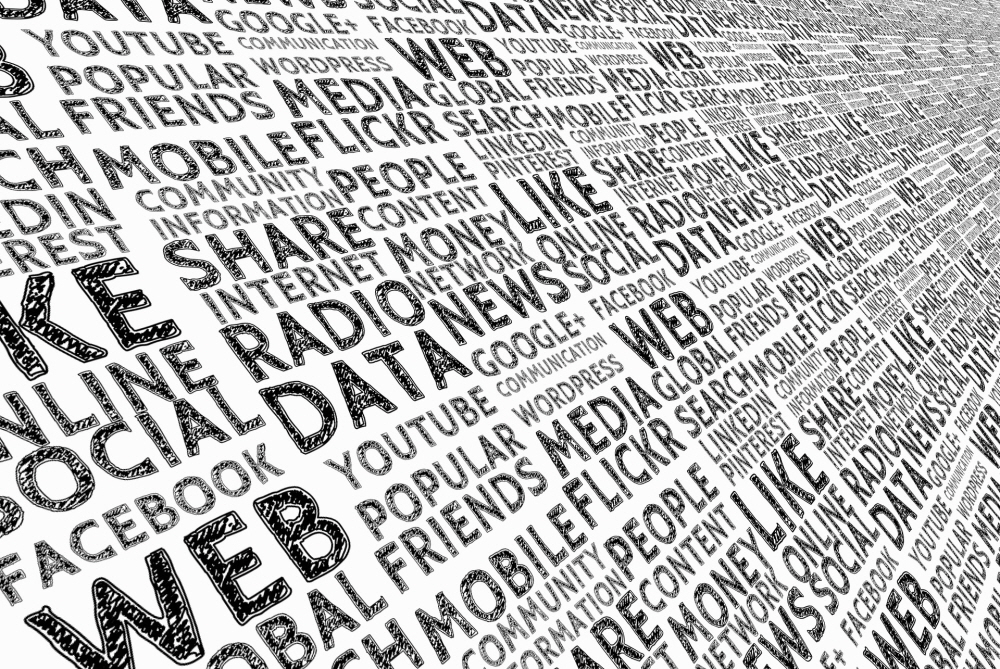
In the recent elections, social media activities are being emphasized. It is known that social media played a big role in the birth of President Trump and withdrawal from the UK EU. According to an experiment conducted by a research team at the University of Texas at Houston, only a few strategically placed bots can influence the election outcome.
The research team simulated voting for two parties. In the study, 2,520 participants were divided into groups of dozens, and each group was classified as two party supporters, yellow and purple. In addition, on virtual social networks established for each group, an election game was held in which opinions were exchanged with each other, acting on opponents, changing their opinions, or deciding which party would win by voting. The social network built for this experiment is said to be close to making Twitter small and simple.
In social networks, the extent to which participants can interact with other participants is determined by the research team, and both supporters of the yellow party and the supporters of the purple party can be exchanged. I decided on a pattern.
The contest period for exchanging opinions and deciding which party to vote for was 4 minutes per game. At the end of that period, they voted to determine the winning party. During the election period, participants were informed in real time of how much each party was supported, and participants were free to change the party to vote until the end of the election by seeing their own and opponent’s dominance during the election period.
As an incentive to the participant, if the party to which he was first classified wins by winning 60% or more of the votes, he paid two dollars remuneration, and 50 cents if the other side won. Neither party paid compensation to either party for a draw that could not get more than 60% of the votes.
Usually, subjects say that they vote for their own party as it is when their party dominates, and most of them vote for their own party even when there is a high probability of falling into a draw. However, if the other party turned out to be dominant, half of them gave up their own party and voted for the other party to avoid a draw, and the other half voted for their own party. If the research team does not intervene, it can be said that yellow with a quarter probability and purple with the same probability win, and the remaining half of the game ends with a draw without a winner.
The research team also conducted an experiment in which a fanatic bot who enthusiastically supported a party was introduced and intervened to find out the influence of bots on social media. Bot never changed his opinion of supporting a party and appealed to a hardened party to vote.
The impact of this enthusiastic bot on the election game outcome was significant. For example, if a bot supporting a yellow party was put in to a supporter of a purple party, the bot could take the majority opinion to support the yellow party. The enthusiastic bot’s activity shook the participants’ minds, asking whether the other party was dominant, and as a result, they promoted voting for a party other than the party they originally supported. Related information can be found here .

